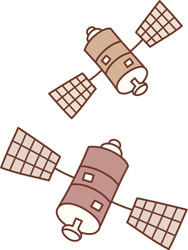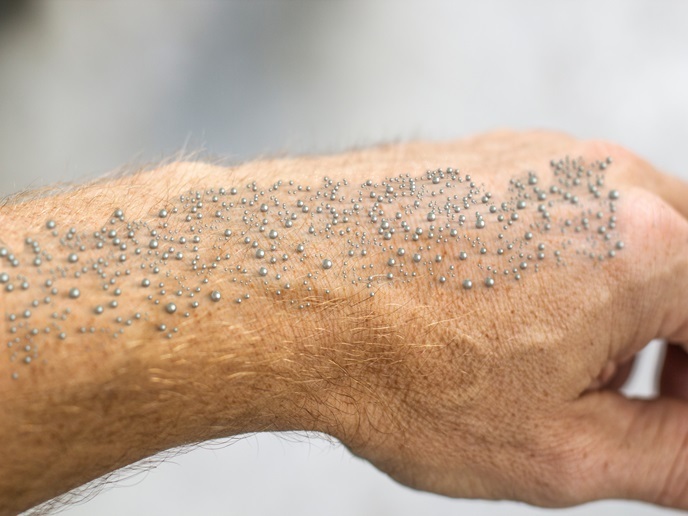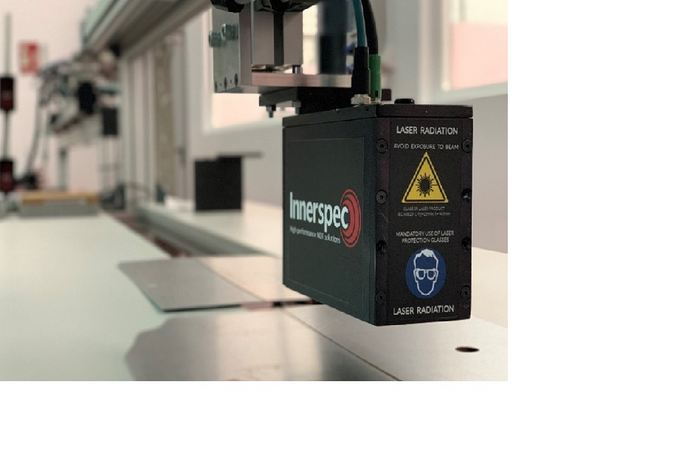The collective power of multi-satellites
Since the beginning of the space age, numerous satellites have amassed a wealth of observations from the outer edge of the Earth' atmosphere, the ionosphere. This transition region between the Earth's atmosphere and near-Earth space acts as a mirror, reflecting radio signals for long-distance communications. Today, in the age of satellite communications, it is the ionosphere that is responsible for causing the instability to received signals. The EU-funded 'Problem-oriented processing and database creation for ionosphere exploration' (POPDAT)(opens in new window) gathered data from 10 missions to the ionosphere. These were first evaluated for their suitability to study wave-like phenomena taking place in the ionosphere. Dedicated software tools were then developed for processing data to identify the signatures of ionosphere disturbance, such as electromagnetic and gravity waves. A collection of wave catalogues was ultimately created which interested researchers can access through the project website(opens in new window) . Data mining and visualisation routines allow users to extract specific ionospheric events. Processed measurements from a variety of ground-based observations are also available to enable the available satellite data to be fully exploited. The POPDAT project reached out to fellow researchers through publications and conferences where they gauged their interest in and need for accessing this type of data. However, the 'ionosphere waves service' was also set up with the aim of providing data products for use by students and amateurs in their own scientific research or education activities. By analysing plasma density and electromagnetic field records from multiple satellites, the POPDAT project opened a unique window onto the Earth's near space environment. From large earthquakes and lighting discharges to solar storms striking Earth, the research conducted into the physical processes that disturb the ionosphere is intriguing. With such in information to hand, researchers can study the effect of ionospheric disturbances on the communication and other systems that people depend on each day.







